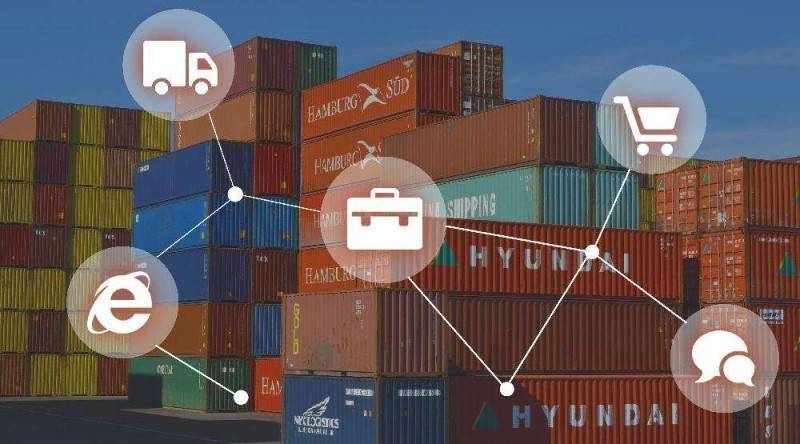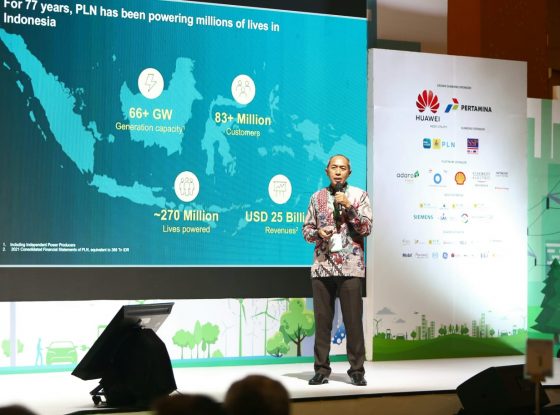What is the definition of smart logistics, and what is its future development prospect?

What is smart logistics?
Smart logistics is a kind of system based on information technology, which realizes system perception in all aspects of logistics, such as transportation, warehousing, packaging, loading and unloading, distribution processing, distribution, and information services. Comprehensive analysis, timely processing and self-adjustment functions, to achieve a modern comprehensive logistics system with logistics regularization intelligence, discovery intelligence, innovation intelligence and system intelligence.
Different from traditional logistics, smart logistics will “use their brains” to calculate the most scientific and reasonable method to help enterprises solve three types of supply chain decision-making problems, such as where to put the goods, where to distribute the goods, and where to go, so that the goods can be more easily moved when they need to be moved. Effective and safer movement, the goods can not move or move less when they do not need to be moved, thereby greatly reducing the cost of manufacturing, logistics and other industries, and improving the profits of enterprises.
What are the six functions of smart logistics?
1. Reduce logistics costs and improve corporate profits;
2. Accelerate the development of the logistics industry and become the information technology support of the logistics industry;
3. Lay the foundation for the intelligent integration of enterprise production, procurement and sales systems;
4. Allow consumers to save costs and shop easily and with confidence;
5. Improve the work efficiency of government departments and contribute to the reform of the political system;
6. Promote the further development of the local economy and enhance the comprehensive competitiveness.
Three major trends in the future development of intelligent logistics?
1. Full supply chain, big data drives the recombination of the entire supply chain, whether it is upstream raw materials, manufacturing end, or downstream distribution end, will be recombined, transforming from a linear, tree-like supply chain to a networked supply chain ;
2. Logistics robots will appear in large numbers, whether it is Ali, JD.com, and SF Express and other major express companies will invest in the hardware development and application of intelligent logistics. With the continuous increase of labor costs, the cost of robots and labor will become closer and closer. It is only a matter of time before simple repetitive tasks are replaced by robots;
Of course, as a new thing, smart logistics will inevitably face many problems in the future development, “burning money subsidy” is one of them. The first team in smart logistics includes Cainiao, Yunmanman, and Lala, etc., which appear in the form of platforms and are capital-intensive; the second team has a large number of parks and fleets with relatively heavy assets; some of them belong to solution providers , which is a typical third-party logistics. In general, whether it is an Internet platform or an offline third-party logistics, the competition is very fierce, and it can be said that it has entered the era of “earning and shouting but not making money”.
The second half of Smart Logistics has just begun, and it is not yet time to harvest dividends. Now the major giants are actively deploying, aiming to seize the opportunity in the second half of the competition. We will wait and see how the smart logistics market will change in the future.
Source : min.news



